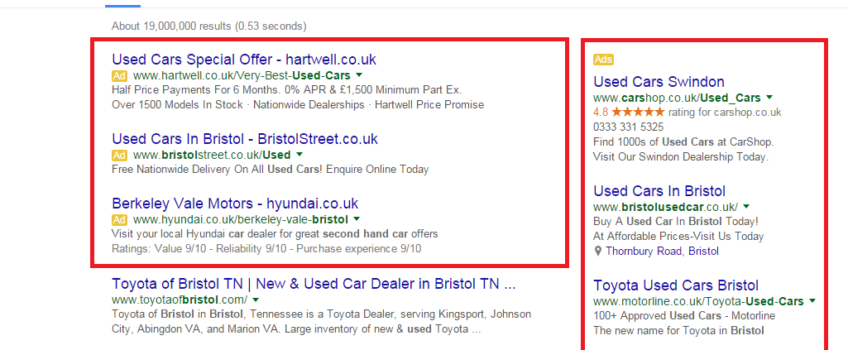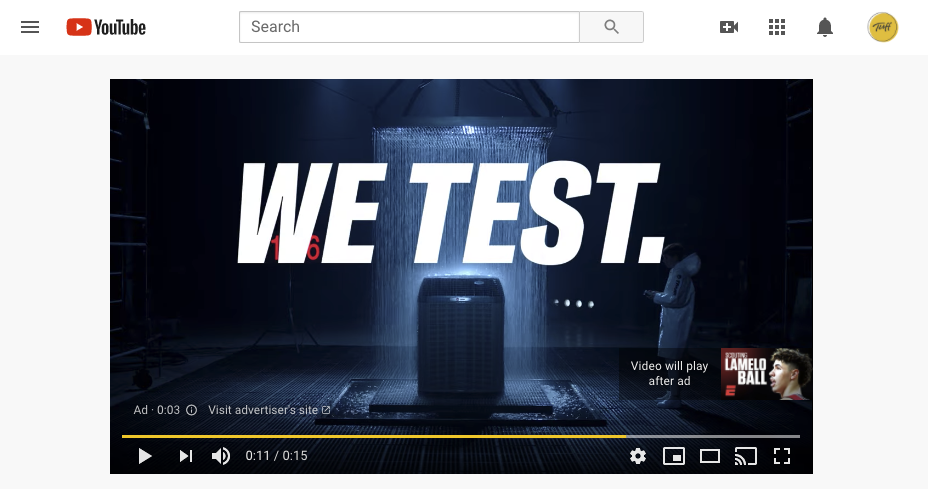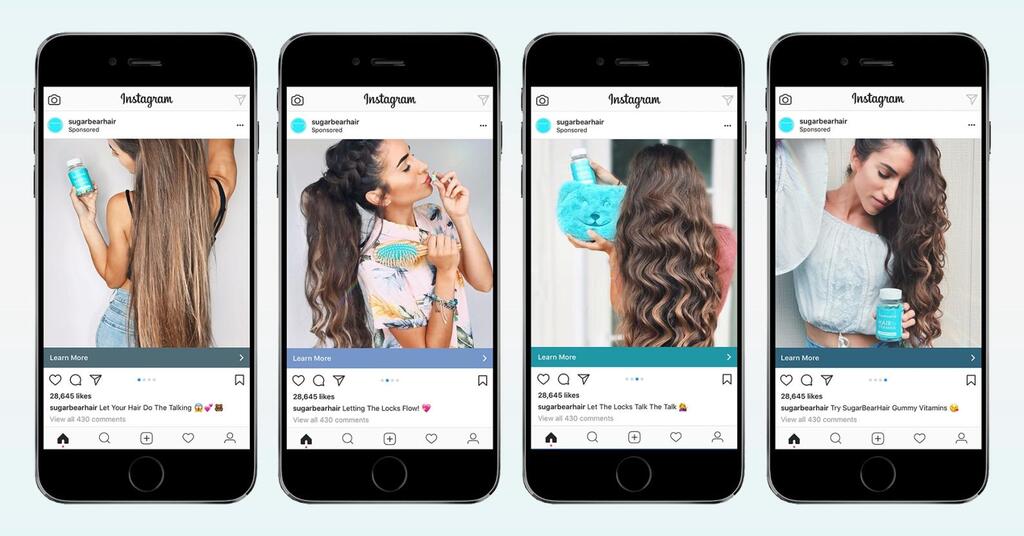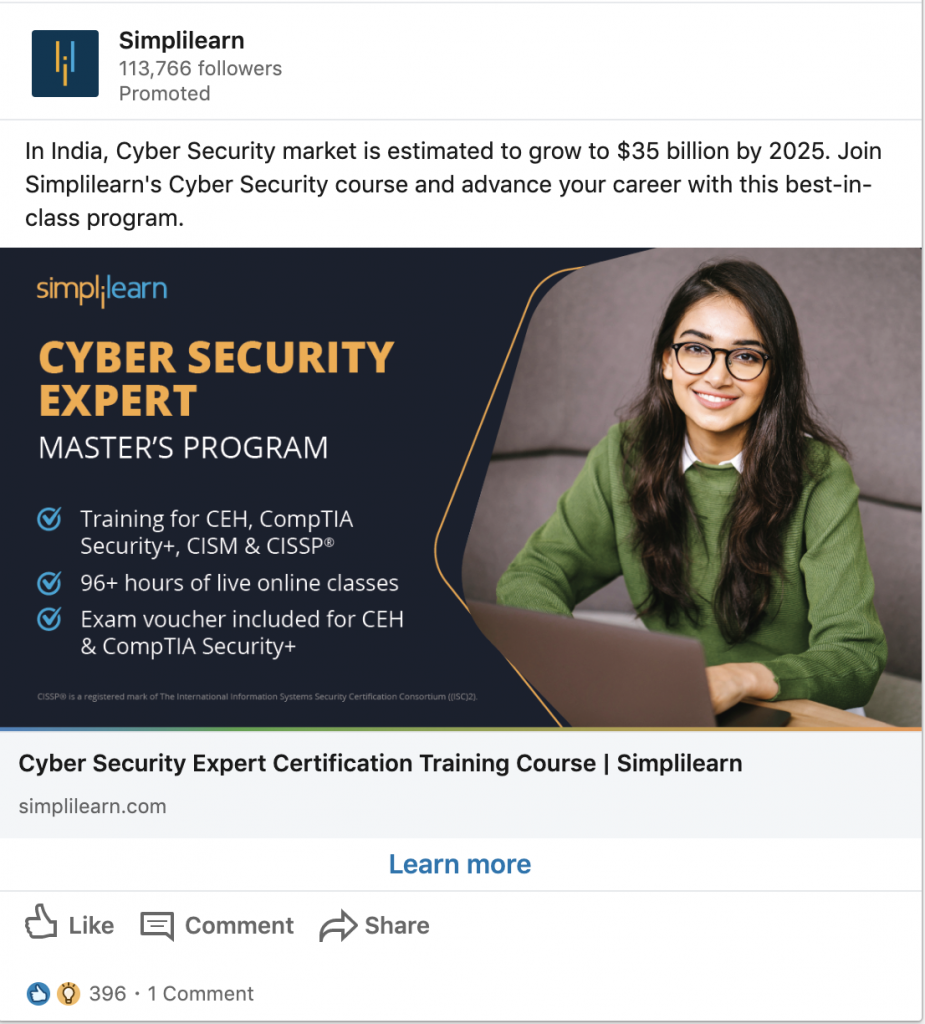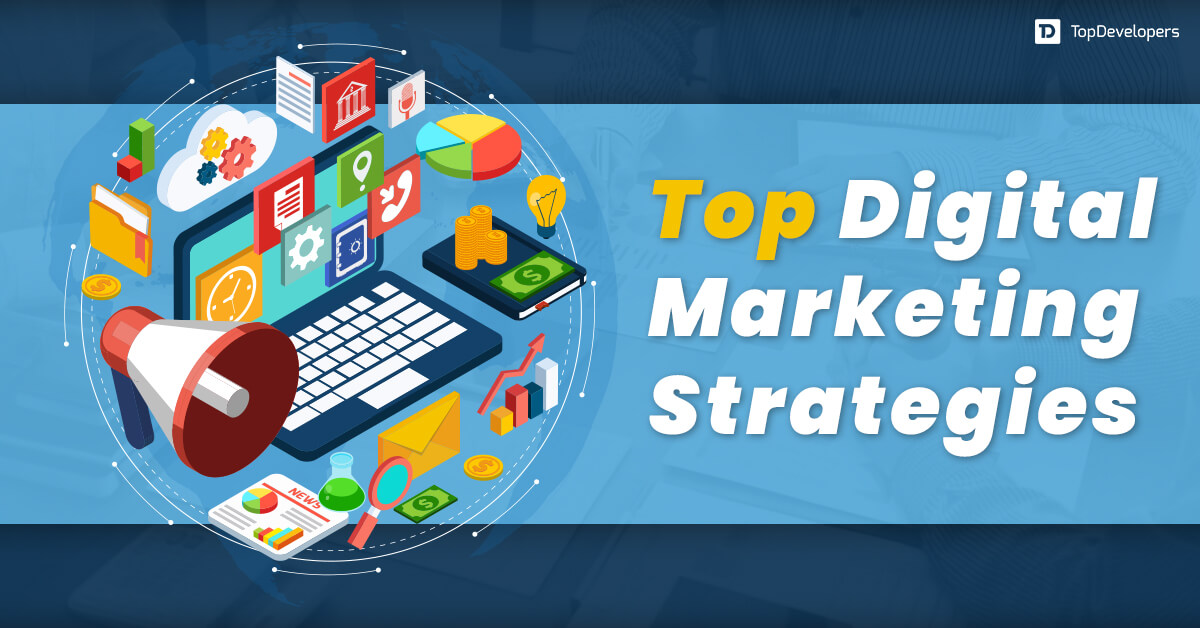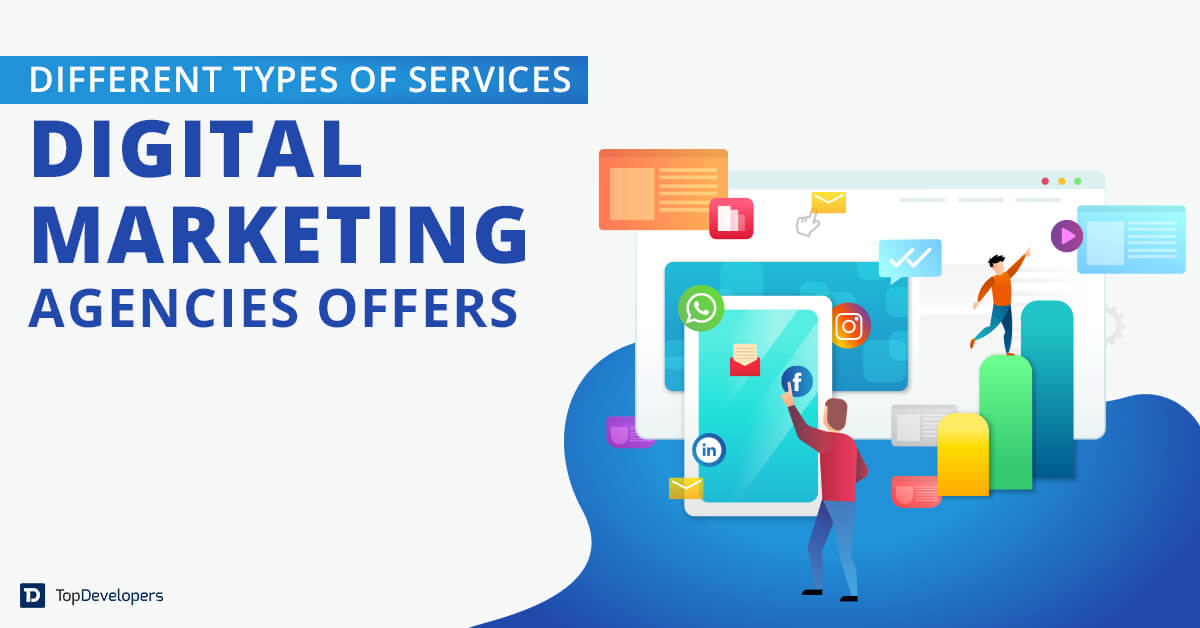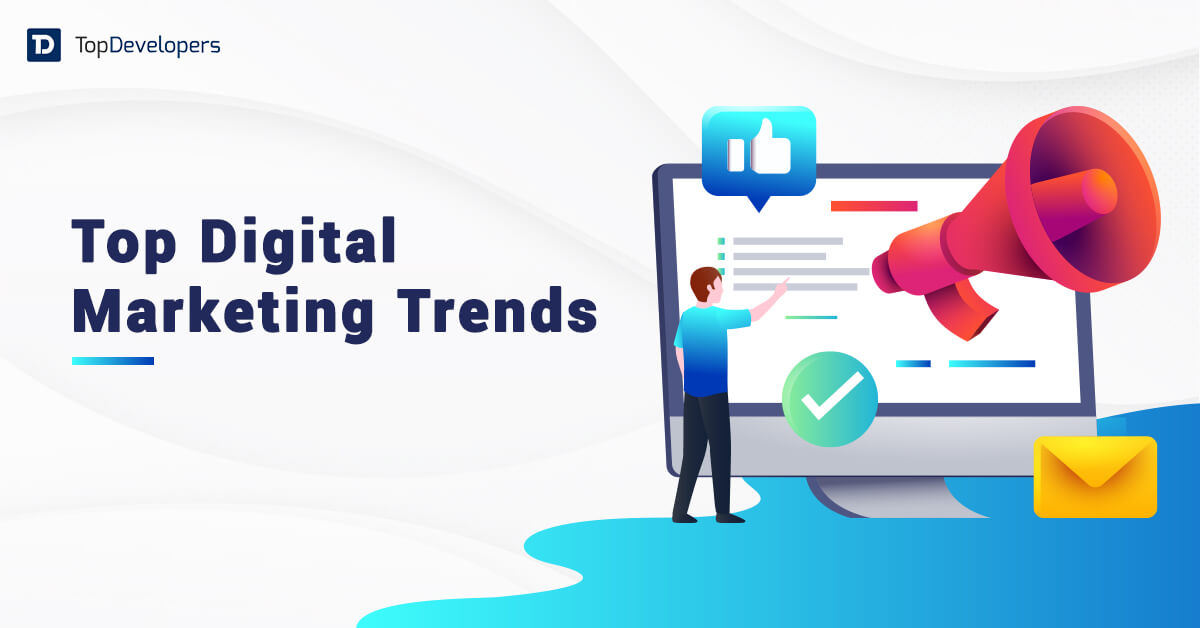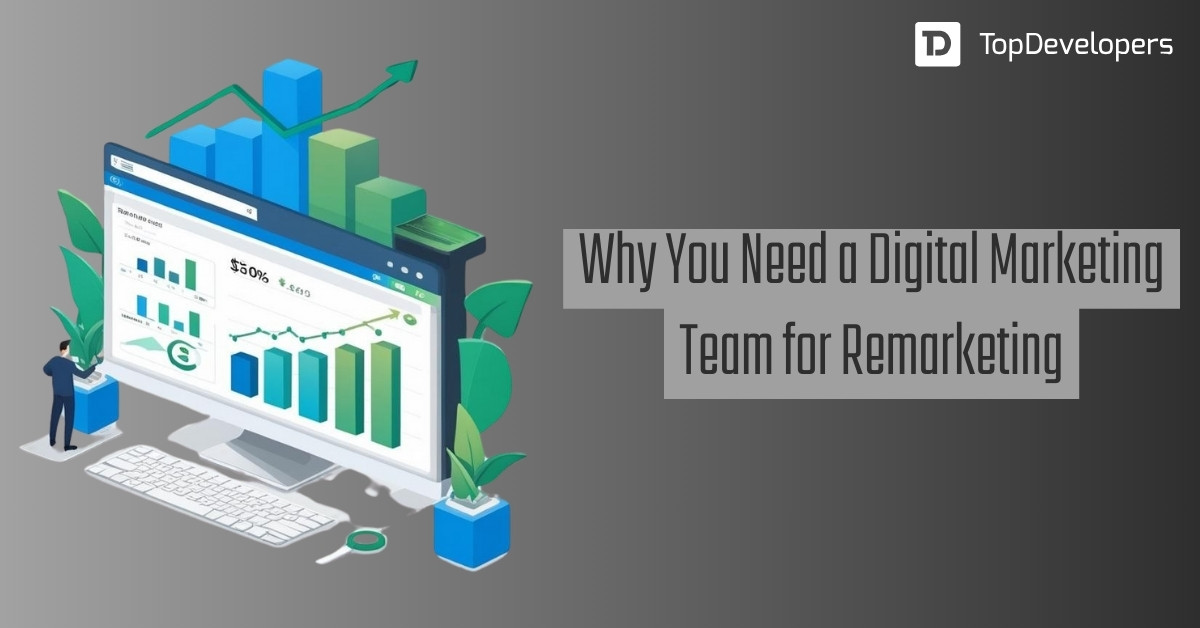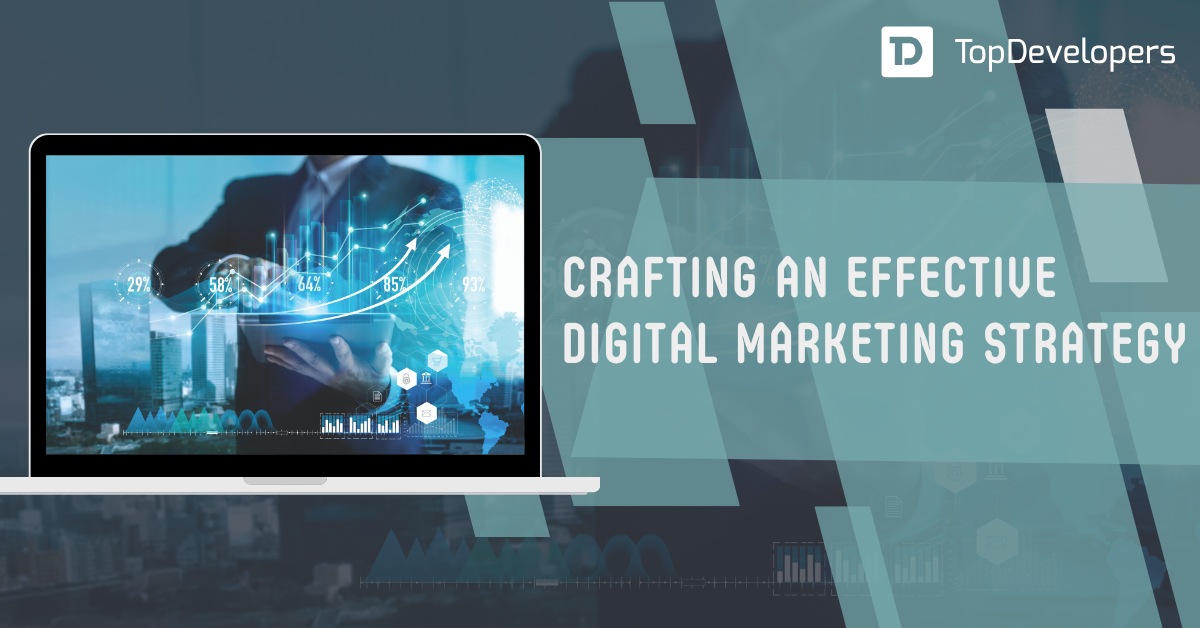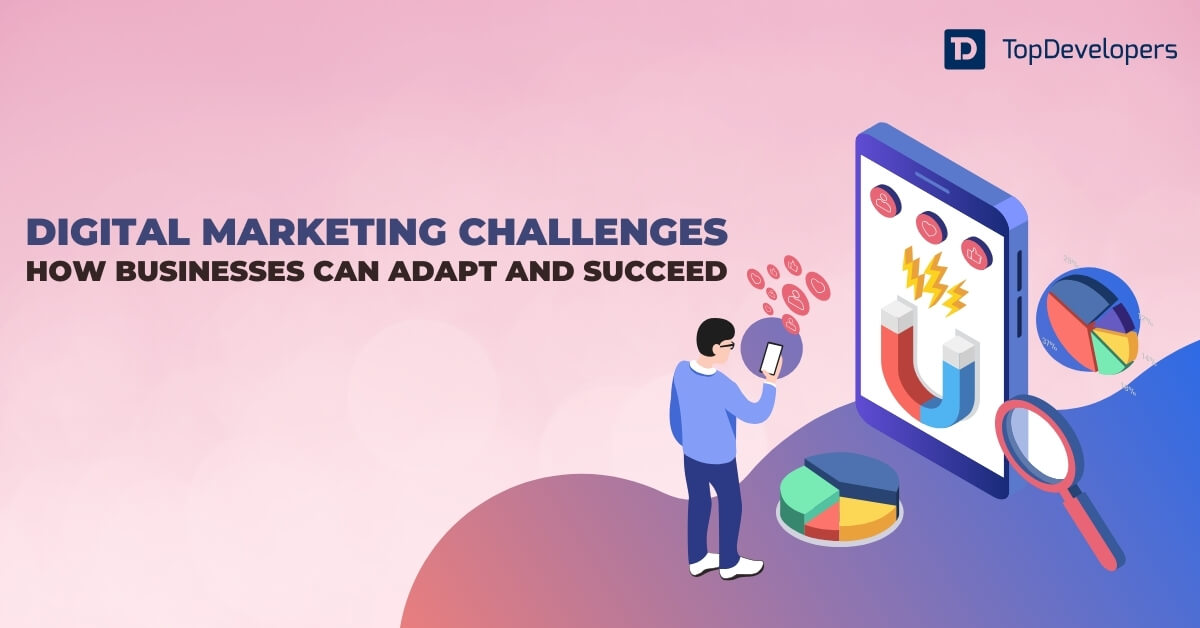
Online advertising is not a choice but necessary for businesses trying to make a mark in the highly competitive marketplace. Businesses nowadays use different types of online advertising to promote their business and expand their reach to a broader audience. With the ever-growing number of internet and social media users, the importance of online advertising to create and expand your brand visibility has also increased.
If you are also planning to invest your efforts and money in online advertising, this blog is a must-read. From search engines to social media marketing, the blog covers different online advertising platforms and the types of online ads for each to help you rapidly increase brand awareness and grow your business.
Table of Contents
Digital Advertising Market Research: Statistics
- In 2021, global digital advertising spending amounted to $522.5 billion and is projected to reach $836 billion by 2026.
- Mobile internet advertising spending was $276 billion in 2020 and is forecasted to reach nearly $495 billion in 2024.
- Social media ads account for one-third of the total digital spending globally in 2021, exceeding $150 billion, according to a survey from Statista.
How will Online Advertising Help Organic Marketing efforts?
Online advertising involves various types and platforms. Businesses can grow organically through digital marketing and by creating business pages on social media platforms such as LinkedIn, Twitter, Instagram, and Facebook. To get the maximum results you need to create different different strategies according to the platform.
The first thing for businesses to understand is the audience they want to target. Then they can look at the preferences of the target audience, like on what platforms they spend their time the most to choose the right channel to create a paid marketing campaign.
While posting engaging content can attract attention, online ads can offer added benefits and boost promotions by taking you in front of your targeted customers.
Let’s have a look at how businesses can improve the performance of their organic marketing through various types of Internet advertising.
- Targeting specific audiences using filters of ad campaigns.
- Understanding the target audience better, like their age, gender, demographics, and preferences.
- Creating content based on user preferences and data.
- A rapid increase in brand awareness through online ads.
- A higher return on investments in online advertising campaigns.
What are the different Types of Online Advertising?
Since we are now aware of the importance of online advertising, let us dive deep into its various types.
Ads for Search Engines
Search engine ads are a form of search engine marketing and one of the booming online advertising plans, like Google ads. Search ads appear at the top of the search engine results page (SERPs) above the organic results. Thus, businesses can capture their audience’s attention and avoid competition.
The average conversion rate of Google ads is 4.40% making it easy to reach the target audience.
1. Local Ads
Local businesses can enhance visibility with local online ads, as 46% of Google search engine results are for local information. Local advertisements can benefit small businesses and stores to get more foot traffic from their local market. Businesses can run local ads within their budget by focusing ads on individuals in their geographic area.
2. Video Ads
Image Credit: Tuffgrowth
Video ads are highly successful for many reasons. An average internet user spends 17 hours every week watching online videos. The click-through rate (CTR) for video ads is 7.5x higher than for display ads.
Thus, many business owners invest in video ads, especially short videos between 15-30 seconds long. If the video is too long, viewers skip the ads; thus, the video script and visuals should be high quality. The video should be relatable for the audience, addressing their pain points and offering a solution.
Social Media Advertising
Social media ads are the most widely used type of online promotion in the current era. Almost 60% of the world’s population uses social media, and brands target different social media platforms to reach their target audience.
Another reason for the popularity of these platforms is that they offer several advanced tools to make ad campaigns successful. For instance, businesses can target audiences based on demographics like gender, age, etc. The specific information on the target audience helps create specific content based on audience preference.
Types of Social Media Ads
Clients can run social media ads on different social networking platforms, including:
- YouTube
- TikTok
- Snapchat
Facebook Ads
Meta’s Facebook is one of the most widely used platforms for social media advertising. Over 30% of the world’s population uses Facebook, enabling businesses to reach a wider audience around the world. In addition, it offers powerful advertising features like audience targeting. Companies can target three types of Audiences-
Core audiences
Audiences are based on criteria like age, interests, and geography.
Custom audiences
To engage with an audience who has previously engaged with your business.
Lookalike audiences
To target people having similar interests to those of your best customers.
Companies can run different advertising campaigns on Facebook such as photos, videos, stories, or lead ads.
- Photo ads are ideal for sharing images about businesses.
- Video ads are ideal for explaining products and services. Companies can use video ad maker tools to create engaging video ads.
- Story ads are a combination of photos and short videos.
- Lead ads are ideal for finding potential customers interested in your products or services. Companies can provide valuable content like signing up for a newsletter, getting a price quote, etc., for lead ads.
Another powerful tool for Facebook advertising is Facebook Messenger. It is a messaging app widely popular in countries like the U.S., Canada, and Australia, offering various advertising opportunities.
If you want to promote your brand on Facebook, you can either run ads on your own or hire a leading Facebook advertising agency to get professional services.
Instagram Ads
Image Credit : brandwatch
Instagram has over 1.21 billion monthly active users, majorly between the age of 18 and 34. Whether you are an established business or startup, Instagram is an excellent platform to promote your business offering a bunch of opportunities and features.
Businesses can also advertise on Instagram through Facebook ads manager. They can create ads on their Facebook page and promote them on Instagram.
They can also create custom campaigns for their Instagram audience to attract new customers. Instagram ad types are similar to Facebook- photo, video, and story ads.
A great feature Instagram offers is Instagram Explore, where people discover the content of their interests. Companies can run ads in Instagram Explore to make their brand visible to many people.
The shopping post ad is ideal if you want to run advertising on Instagram to boost your product sales. It allows to include a tag that shows the product’s name and price. Customers will be redirected directly to the product page by clicking the tag.
LinkedIn Advertising
LinkedIn has over 660 million monthly active users, majorly working professionals. Therefore, it is excellent for B2B (business-to-business) advertising.
LinkedIn offers unique audience targeting based on demographics, including job title, job function, and industry. Thus, businesses can advertise to working professionals from a particular group like C-suite or customer service.
Another excellent feature Linkedin offers for advertising is Message Ads. Message Ads allow sending direct messages to the prospects to start the conversation.
Twitter Ads
Online advertising on Twitter is yet less common. Advertisers on Twitter are still exploring the niches that deliver higher engagement on the platform. However, B2B and eCommerce niches get good conversions through Twitter ads.
Conclusion
Establishing a brand organically and attracting a new audience is challenging with all the competition. Organic promotions may not bring enough conversions for rapid growth. That’s where digital advertising comes in.
Different types of online advertising offer different tools and strategies to speed up brand awareness. These are powerful advertising strategies: search engine marketing, social media advertising, display ads, video campaigns, email marketing, and influencer collaborations.
Businesses can choose a reliable digital marketing agency to establish a strong brand presence by leveraging the potential of different platforms and online marketing. Since the digital landscape is ever-evolving, an online advertising agency can help in successful marketing campaigns. They can provide professional guidance in careful planning, audience research, and constant analysis of performance metrics.
 Avantika Shergil
| Jul 27, 2023
Avantika Shergil
| Jul 27, 2023
Avantika Shergil is a technology enthusiast and thought leader with deep expertise in software development and web technologies. With over 8 years of experience analyzing and evaluating cutting-edge digital solutions, Avantika has a knack for demystifying complex tech trends. Her insights into modern programming frameworks, system architecture, and web innovation have empowered businesses to make informed decisions in the ever-evolving tech landscape. Avantika is passionate about bridging the gap between technology and business strategy, helping businesses build customized software and website, and understand about different tools to leverage effectively for their ventures. Explore her work for a unique perspective on the future of digital innovation.
